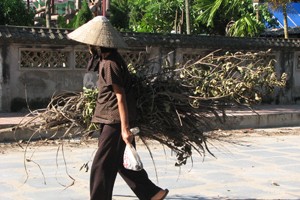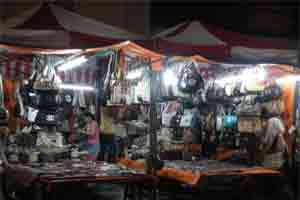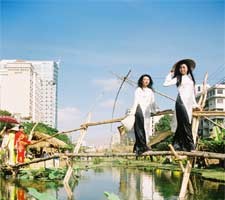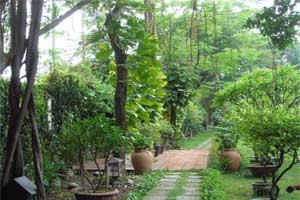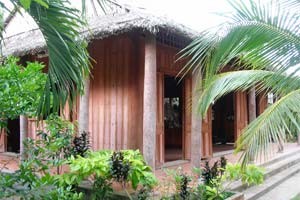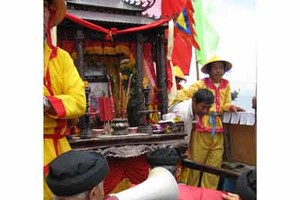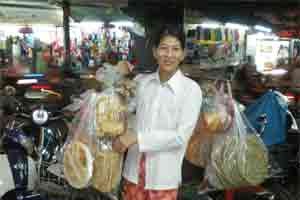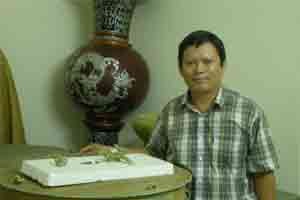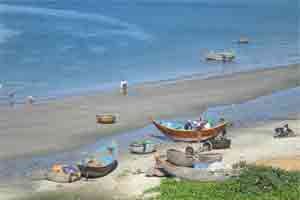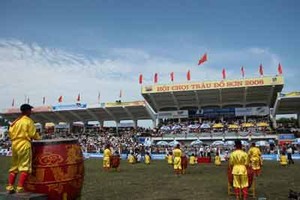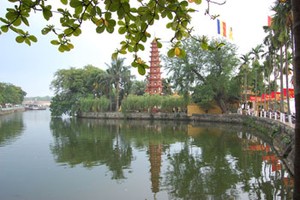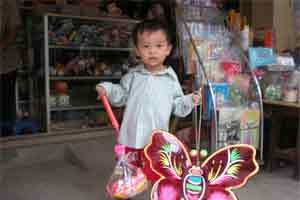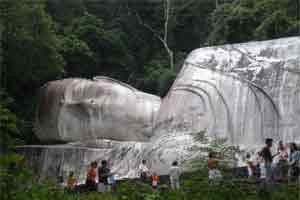Over the past decade, Nguyen Van Hai, 54, has made countless trips to the Central Highlands to collect tools and instruments employed by the ethnic minorities in their daily life in an effort to learn and preserve their culture for fear that the government’s urbanization of the region will eventually wipe out the local people’s unique way of life.
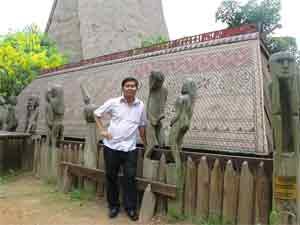
Hai uses the porch and garden of his 400-square meter house on Luong Dinh Cua Street in District 2 to display many objects of interest that he has collected over the years, including drums, t’rung musical instruments, wine jars, gong sets, and animal traps of all kinds.
Hai estimates that he now has around 1,000 items classified into five categories of clothing, musical instruments, utility tools, hunting and fishing tools, and ceremonial objects. “I am fascinated by these devices,” said Hai, “though simple, they demonstrate the ingenuity of the makers.”
According to Hai, central highlanders have no skill in making earthen and copperware. They exchange goods with their mainland countrymen, or even with the Laotian and the Chinese traders for their wine jars and ceremonial copper gongs. Wood is their main building material, and they have a grandiose way of constructing things by which whole items are carved out from a bigger block of wood so that there are no joints in their structure.
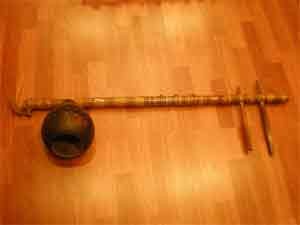
To make a drum with a diameter of 1.2m, they fell a 1.4m to 1.6m- diameter tree, carve off the excess timber to form the outer shape of the drum, and then hollow out the inside to create a contiguous shell.
The two open ends of the shell are then covered with elephant skin to make the drum. Similarly, to make a long canoe, they would carve the whole structure out from a suitably long tree trunk.
Hai related from his own experience, “Central highlanders do not deal with other people readily. Genuine friendship is most important to them.
While they are willing to give away valuable items to people whom they consider as friends without a second thought, they won’t deal with you at all no matter how much you offer if they don’t see you as a friend.
That's why in my trips to the central highlands, I always bring with me a lot of salt, tobacco, cooking oil and medicines as gifts to the local people. In return, they explain to me their way of life, and show me the uses of their tools and instruments.”
Among his collection, Hai is particularly fond of the wooden statues often found in many central highlanders’ burial charnels. According to Hai, central highlanders hold the belief that the dead do not cease to exist, but go on living in the afterworld. They therefore go any length to treat the deceased as if he is still alive.
After the funeral, the deceased is entombed in a 24 square meter charnel. The family brings food to the charnel house everyday and sends it down into the tomb through a hollow bamboo tube.

How long this period of ‘feeding the dead’ last will depend on the financial ability of the deceased’s family. For well-off families, this period can last for ten years. There after, a large ceremony which lasts at least three days will be organized so that the living through which can make their last farewells to the death.
To mark the event, the family in mourning will kill dozens of buffaloes and pigs to treat all members of the village. During the ceremony, villagers will sing, dance and drink all days and all nights to see off the death so that he can go to his world in a happy manner.
After the ceremony, the death's relatives will never comeback to visit his tomb again.
Ritualistic statues are placed in the charnel to help the deceased in the afterworld. There are statues symbolizing “life” such as those of men and women exposing their sex organs, copulating couples, and pregnant women.
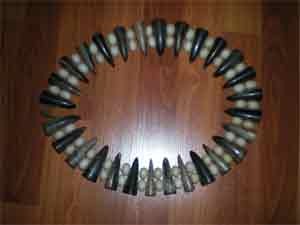
Hai pointed out that nowadays, the life of hill people is changing as they have chances to contact with their mainland countrymen’s civilization. Young men now play billiards and young women go to karaoke shops for entertainment.
They also wear jeans and T-shirts instead of their traditional clothes. The problem is that central highlanders are carefree about enjoying facilities brought to them by a more modern civilization, having no ideas about preserving their own tradition or spiritual values.
Hai is thus afraid that their unique way of living may soon die out once running water and electricity have been brought to mountainous villages and roads constructed to link such villages to cities and provinces in mainland in accordance with the government’s policies of urbanizing the region.
That’s the reason why Nguyen Van Hai, project director of BMC Company under the Ministry of Industry and Trade, nurtures an ambition to turn his home into a small museum in the form of a café shop where tools and instruments used in daily living of mountainous people will be displayed for researchers, students, pupils and residents’ study and admiration.
“This is also a place where traces of the primitive civilization of central highlands will be kept and passed down to younger generations,“ added Hai.



